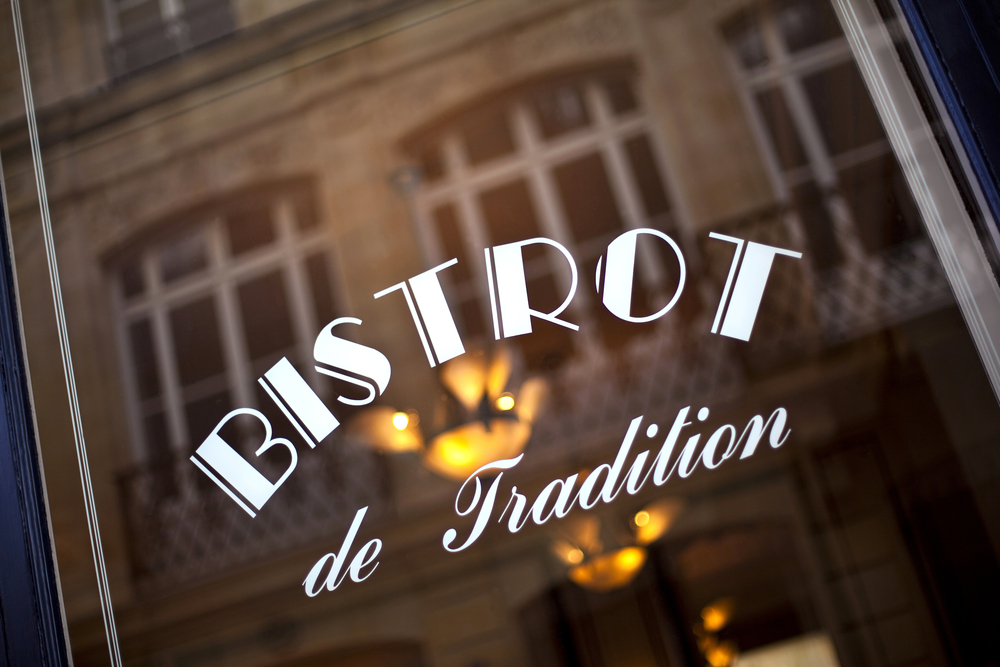- Home
- Blog
- Healthy Eating for Wellness
- The French Paradox - more than the red wine
The French Paradox - more than the red wine
Written by Catherine Saxelby
on Sunday, 20 September 2009.
Tagged: healthy cooking, healthy eating, healthy lifestyle

Why do the French - with their love of rich cholesterol-laden fare such as butter, cheese, pate, croissants and pastries - have the second lowest rate of heart disease in the world (second only to the long-living Japanese)? Red wine has long been the answer to this so-called 'French paradox' but is it the only factor? Catherine Saxelby thinks there's more ...
Wine. imbibed by the French in copious quantities, is the obvious answer to the French Paradox thanks to its impressive content of over 50 phenolic compounds known as polyphenols. These act as antioxidants, reduce thickening of the arteries and keep the blood 'thin' and free flowing, an effect similar to aspirin.
Red wine is made with the skins and seeds of grapes, so has 9 to 10 times more of these natural chemicals than white wine. They give red wine its characteristic sharpness or bite (often referred to as "tannins"). And the French adore red wine over white.
One phenolic, resveratrol, has been intensively studied but others such as epicatechin and quercetin, are emerging as important.
De-coding the French paradox
Research now suggests that it's NOT just the red wine the French love to quaff that keeps their hearts in good health.
"It's not just the red wine the French love to quaff"
There are many other ingredients that could explain their low rates of heart troubles. For instance, the French:
- are the fifth highest consumers of fish and seafood in the world, which adds a huge boost of omega-3s to their intake. These special fats steady the heart's beating, minimise the risk of arrhythmia and keep our tiny blood vessels supple and 'elastic'. Think of those classic French seafood recipes such as coquilles St Jacques, oysters, bouillabaisse, sole meuniere, garlic prawns in butter.
- love garlic and add it in generous quantities to just about everything. Forget the Med Diet. The French are masters at garlic consumption, which has been under study for years for its cholesterol-lowering effect.
- shun Western-style fast foods such as burgers and fries with their 'bad' trans fat and over-processing.
- rarely snack but prefer to dine properly on three main meals without anything in between. Vegetables and salad are always part of their meals.
- eat small portions of most things, even though their cuisine is rich and high in fat.
- walk everywhere.
There are two distinct versions of the French diet
The traditional French diet is different between the north and south of the country and this correlates to different risks of heart disease.
The northern regions favour more butter and cream and have a higher rate of heart disease, whereas the southern regions traditionally eat a Mediterranean diet including olive oil and red wine and have a lower rate of heart disease.
The Mediterranean diet includes wine, plenty of fruits, vegetables, olive oil and fish and relatively little saturated (bad) fat. It may well be this that is responsible for the overall lower rates of heart disease in France.

References cited
Czernichow S, Bruckert E, Oppert JM, Bertrais S, Paillard F, Astorg P, Arnault N, Galan P, Hercberg S. Intake of added oils and fats among middle-aged French adults: Relationships with educational level and region of residence. J Am Diet Assoc. 2005;105:1889-1894. https://europepmc.org/article/med/16321594
Arranz S, Chiva-Blanch G, Valderas-Martínez P, Medina-Remón A, Lamuela-Raventós RM, Estruch R. Wine, beer, alcohol and polyphenols on cardiovascular disease and cancer. Nutrients. 2012 Jul;4(7):759-81. https://pubmed.ncbi.nlm.nih.gov/22852062/
Fuhrman B, Lavy A & Aviram M. Consumption of red wine with meals reduces the susceptibility of human plasma and low-density lipoprotein to lipid peroxidation Am J Clin Nutr 1995; 61:549-54. https://pubmed.ncbi.nlm.nih.gov/7872219.
Red wine in the news
Polyphenols in red wine may protect omega-3s in blood, leading to a healthier heart, according to Italian researchers from the University of Milan. The researchers found that the wine polyphenols increased the resistance to oxidation of the omega-3 fatty acids DHA and EPA more than that of the omega-6 AA. During oxidation, the red wine polyphenols also delayed the increase of the ratio between AA and EPA. Read a summary of the research from Food Research International journal.
You may also be interested in...
Foodwatch
The Good Stuff
The Boring Stuff
© 2025 Foodwatch Australia. All rights reserved
Website by Joomstore eCommerce





